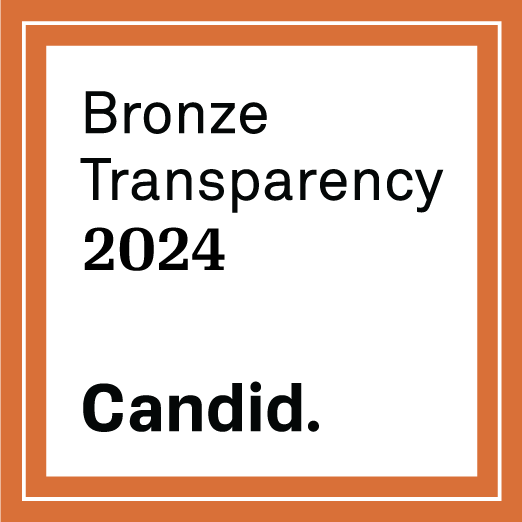Every community has been impacted by segregation, but different types of communities require different solutions.
Take our three minute Community Segregation Survey to see how your community scores.
Below are descriptions of the six different community types and a non-exhaustive list of redress policies and programs to prioritize in each. Once you’ve taken the survey, see if the policies and programs listed under your community type feel like a good fit.
All of these policies also fit under our Redress Shared Principles for Redressing Segregation, which we use to guide our work and stake our place in the larger housing justice movement.
EXCLUSIONARY, HIGH OPPORTUNITY
Ex: wealthy majority-white suburbs with highly-rated school systems, high-cost majority-white neighborhoods in cities
EXCLUSIONARY, LOW OPPORTUNITY
Ex: working-class majority-white suburbs, more rural majority-white areas or small towns with declining populations or few amenities
INCLUSIONARY, HIGH OPPORTUNITY
Ex: racially integrated suburbs or urban neighborhoods, possibly rural areas too, if they have a stable population and access to resources and amenities
INCLUSIONARY, LOW OPPORTUNITY
Ex: low-income, majority-Black or -POC urban neighborhoods, inner-suburbs, or small towns suffering from disinvestment and with few amenities.
TRANSITIONING, GENTRIFYING
Ex: typically urban areas transitioning from inclusionary and low opportunity to exclusionary and high opportunity.
TRANSITIONING, DISINVESTMENT
Ex: typically suburban areas transitioning from exclusionary and high opportunity to inclusionary and low opportunity.

